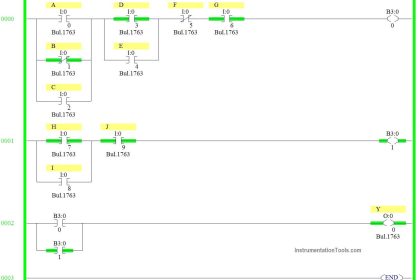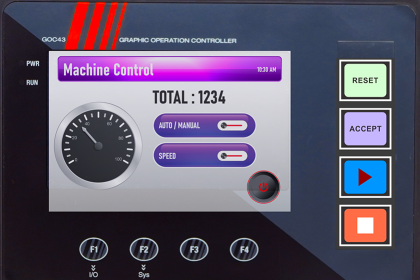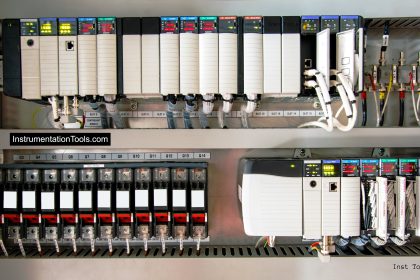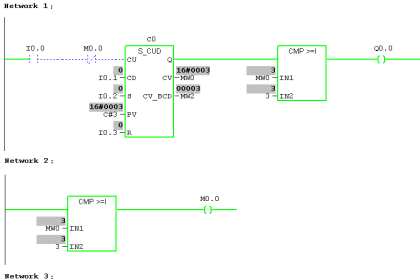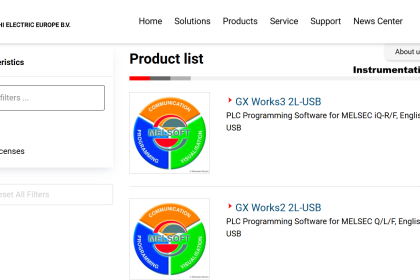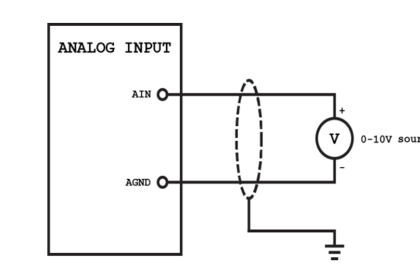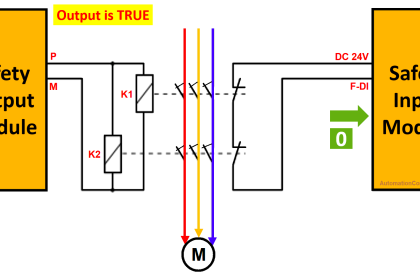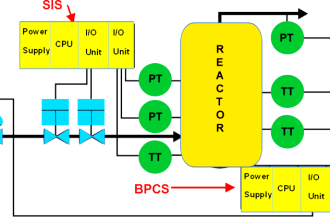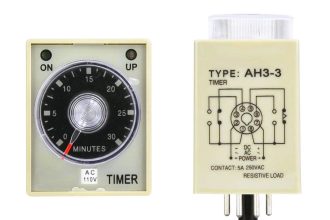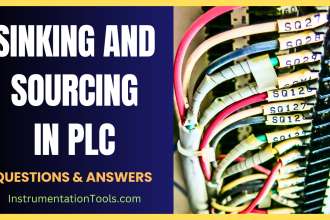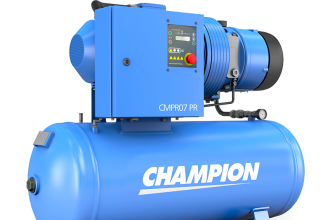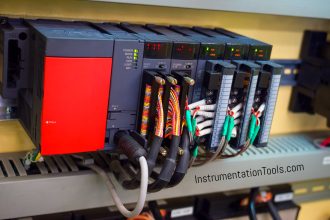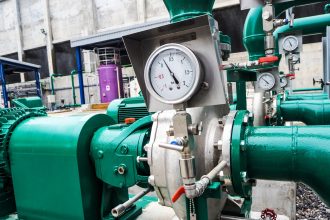In an industrial plant, thousands of wires come from sensors and field devices to the control room. If all these wires go directly to the main control system (like a DCS or PLC), things can get messy and very hard to maintain. That’s why we use something called a marshalling cabinet — it acts like a middleman between the field devices and the control system.
Where Does the Marshalling Cabinet Fit?
Think of the signal path like this:
Field Devices ➡️ Junction Boxes ➡️ Marshalling Cabinet ➡️ System Cabinet (I/O cards)
So, the marshalling cabinet sits between the junction box (where field wires come in) and the system cabinet (where PLC or DCS I/O cards are located).
Why Do We Need a Marshalling Cabinet?
Here’s why it’s useful:
- The marshalling cabinet helps organise hundreds of incoming field signals.
- If something goes wrong, it’s easier to troubleshoot.
- It allows us to route signals exactly where we need them, even if they come in randomly.
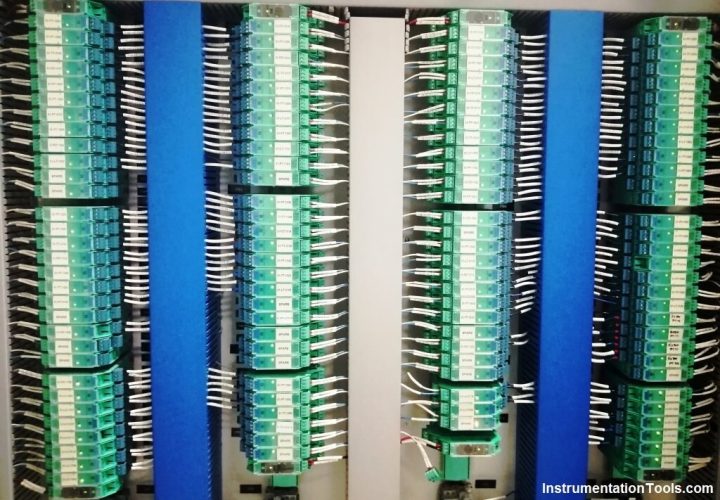
What is Cross Wiring?
Cross wiring means re-routing signals so they reach the correct input or output card.
Let’s say a cable from the field brings in 20 analog signals, but one I/O card can only take 16 channels. So we have to split these 20 signals into two I/O cards: 16 go to the first card, and the remaining 4 go to the second. This splitting (or cross wiring) happens in the marshalling cabinet. Note: One field cable signals may go to more than 2 I/O cards also, as per your control system design.
If we try to do this directly in the system cabinet, the wiring becomes very confusing and hard to manage.
What if Signal Types are Mixed?
Sometimes, a single cable from the field may carry both Analog Inputs (AI) and Analog Outputs (AO). These need to go to different I/O cards.
So the marshalling cabinet helps to separate these signals and send them to the correct boards.
What About Safety Systems?
In safety applications like 2oo3 voting logic (2 out of 3 sensors must agree), it’s important that each sensor connects to different I/O cards. This reduces the risk of all signals failing together. Again, this kind of signal arrangement is done using cross-wiring in the marshalling cabinet.
How Cables Are Connected Inside the Cabinet?
Here’s what usually happens inside a marshalling cabinet:
- Field cables (multi-core cables) enter from the bottom.
- Wires are first connected to surge protection devices (if needed).
- If surge protection is not used, wires go directly to terminal blocks.
- For IS (Intrinsically Safe) systems, the wires go through IS barriers first.
- Then comes the cross-wiring, where signals are routed to match the I/O card layout.
Finally, special interface cables (plug-and-play type) go from the marshalling cabinet to the I/O cards in the system cabinet.
Some boards also need DC power, which is provided from inside the marshalling cabinet.
Conclusion
The marshalling cabinet helps to:
- Keep wiring clean and organised
- Split and reroute signals when needed
- Separate different types of signals (AI, AO, DI, DO)
- Make maintenance and future expansion easier
- Improve safety and reduce the risk of failure
Read Next:
- Instrumentation System Architecture
- PLC Connection between Instruments
- DCS System Layout and Components
- PLC and DCS Marshalling Cabinet Checks
- PLC Programmer Advanced Skills and Career
